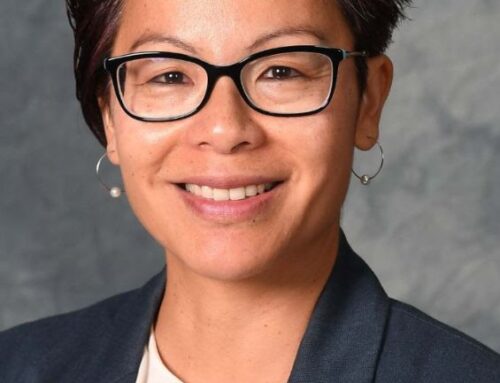Joan Kosmachuk, Executive Director of Jewels for Jesus Adoption Agency in Mississauga, Ontario, spoke recently with Sue Careless of The Interim.
In the 1980’s much of the stigma surrounding single parenting was removed, bug a new stigma was placed on women choosing adoption. Society said, “You could abort or single-parent but heaven forbid if you place your child for adoption.”
In the last couple of years we have come to see the fallout from the push for single-parenting in the eighties. Some of the young women had no family support, no role models, and continued in the same lifestyles with subsequent pregnancies.
Life for these young mothers has not been easy. Mom may have tried to go back to school and is in a wonderful program. Then she is evicted from her basement apartment. Another cheaper one is available across town, but it means losing her school program or living temporarily in a shelter.
Not prepared
In many instances the children’s basic needs are adequately met, but money is only part of the problem. There is scarcely any time, let alone funds, for piano lessons or Little League. Moreover, many of these young mums may not have been adequately parented themselves. As the demand for skilled parenting increases, they find themselves without sufficient inner resources.
In some cases the children become “parentified.” An older child may feed his little sister supper every day. Mum may look to her children to meet her own emotional needs, so they parent her. She’s been a good mum, but her children have not had the chance to just be kids.
Another issue for mum may be an explosive relationship with the birth father or with other partners in her life, which puts her children at risk.
A mother who has single-parented one child, knows how hard it is. She may never have abused, abandoned or neglected her child but she wants more opportunities for her child and herself.
Many of these young mothers see now looking into adoption. It may be that they can’t cope with a second or third child. The mother may see CAS moving to apprehend her children. She may voluntarily place the youngest child or the one with which she is having the most difficulty.
Sense of control
Voluntarily placing her child gives the birth mum a sense of still having some control over the situation. Placing her children for adoption may give her a chance to make something of her life, to finally get the education she has wanted.
In the last five years there has been more of an effort in adoption to keep siblings together. Second and third adoptions may mean reuniting siblings.
Sometimes the special needs of siblings are so great, however, that no one home could take them all. Or the adopting family may have gone on to adopt other children from other families and now have no room when the next sibling becomes available. If the siblings have to be placed in separate homes, visitation between the adoptive families to encouraged.
Private adoption agencies can only deal with consensual adoption. Jewels for Jesus Adoption Agency’s “older” children have all been pre-schoolers, non older than four.
Yet private and public agencies can work together. CAS caseworkers sometimes send us pictures and statistics of older children – Crown wards available for adoption, wondering if we might be able to provide them with some potential families. CAS still makes the final decision, but in many of these cases. Jewels for Jesus has been able to make successful referrals.
Jewels for Jesus has also found homes for children with special needs, children with Down’s Syndrome, brain injuries, physical challenges. These children are as joyfully received into their new families as healthy newborns.
Part of our agency’s investment involves a detailed questionnaire. We ask the prospective parents what their comfort level would be with a child whose birth parent has HIV or AIDS, or is addicted to crack cocaine, or suffers from schizophrenia. How comfortable would they be adopting a child who has Fetal Alcohol Syndrome, or who has suffered physical abuse, sexual abuse or has physical or emotional disorders? What age or race would they feel comfortable adopting?
We want to give them the freedom to say “no.” We’re upfront with parents. We don’t just hand them pretty photos of cute babies. From what we have learned from the questionnaire we call certain parents and say. “This is the situation. These are the issues.” We highlight the negatives. “The child has Down’s Syndrome and these four other medical needs and will require this and that. Talk with your doctors and social worker and call us in a few days if you are interested.”
Some parents can handle physical disabilities better than emotional disorders. A parent driven to overcome and achieve, may encourage a child with physical disadvantages to succeed. A child with emotional difficulties may need a more laid-back parent who doesn’t push and can hang loose.
Cultural sensitivity
There is an effort to place children, if possible, within their own culture. Children need the opportunity to connect with their racial heritage, if not through their adoptive parents, perhaps through their extended family or community. A brother-in-law, for instance, may be of the s same heritage as the child being adopted.
Parents may choose to adopt two or three children of the same racial and cultural background. If their first child is Korean, Caucasian parents may then plan that my subsequently adopted children will also be Korean.
As we move through the 90’s we are seeing a more positive attitude toward adoption. Our prayer for our children is that this outlook will continue.




